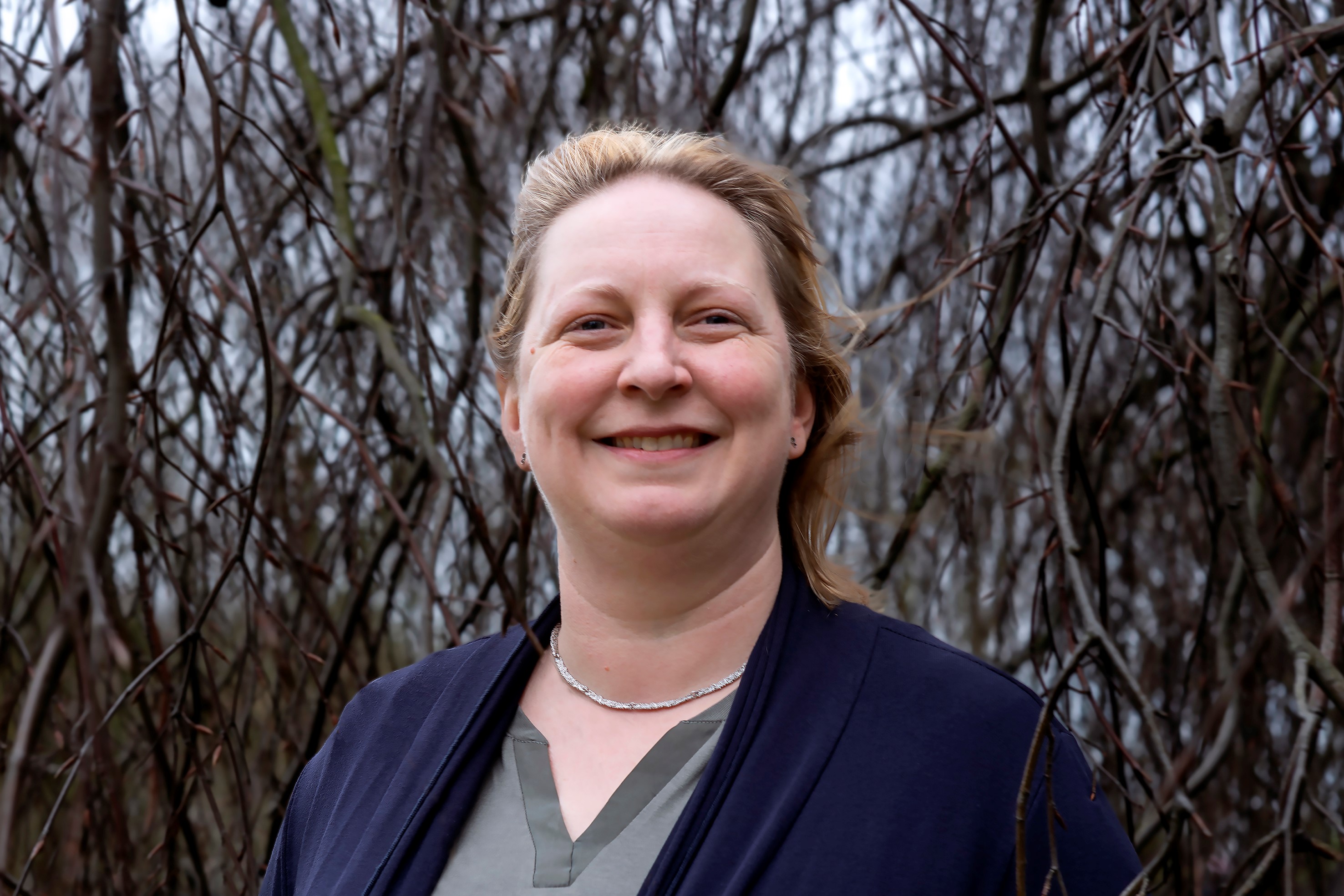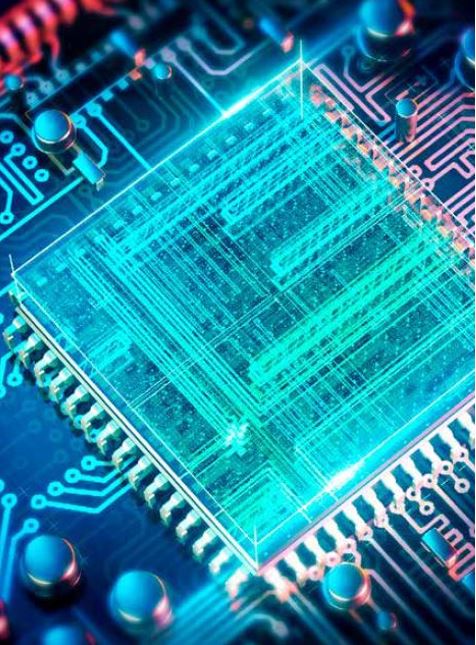Sustainable cellulose nano-fibers reinforce materials
Joining forces, Sappi and Maastricht University develop a novel environmentally friendly manufacturing technology for plastics with advanced functionality. The technology relies on the versatility of water to optimally disperse cellulose nano-fibers, the smallest structural building blocks of cellulose, in Nylons. Analysis of the developed knowledge, processes and products offers Sappi a sustainable market position and economic prosperity.
The versatility of wood as construction material has been credited for thousands of years; even during – as well as beyond – the fossil era. The properties of wood originate from a complex hierarchical structure, in which primary building blocks not only possess functionalities as ensemble but also individually.
Researchers involved:
- Jules Harings (AMIBM)
- Wim Ballet (Sappi)
- Sanjay Rastogi (AMIBM)

Aachen-Maastricht Institute for Biobased Materials
About AMIBM

AMIBM is a cross-border cooperation between Maastricht University, RWTH Aachen and Fraunhofer IME. AMIBM’s vision is to provide the missing link between fundamental and applied research and the market in the field of biobased materials. It aims to do this by changing the relationship between the production of biobased materials and the value chain.
The goal is to achieve this by developing an integrated, interdisciplinary research program. The program focusses on new strategies to produce advanced biobased materials in a sustainable and economical way. It also emphasizes the development of these novel materials into innovative products with high added value for technical and medical applications.
Relevant links
Also read
-
Maastricht University received grants for three of the ten research projects starting in the National Growth Fund program Circular Plastics NL.
-
"I am proud that our new Circular Plastics group published its first completely in-house research," Kim Ragaert says. She founded the research group three years ago, when she moved to Maastricht. Her work has laid the foundations for many innovations in the field of plastic recycling, and she is...
-
Programming quantum computers, like the quantum computer itself, is still in its early stages. Quantum computing researchers tend to be physicists, mathematicians, or computer scientists who have a special interest in the mathematical framework of quantum mechanics.


